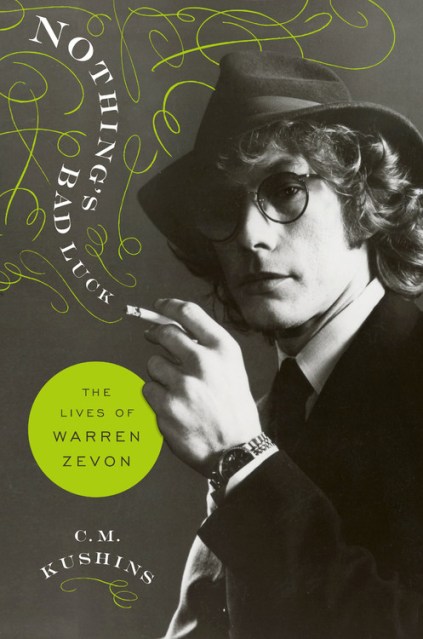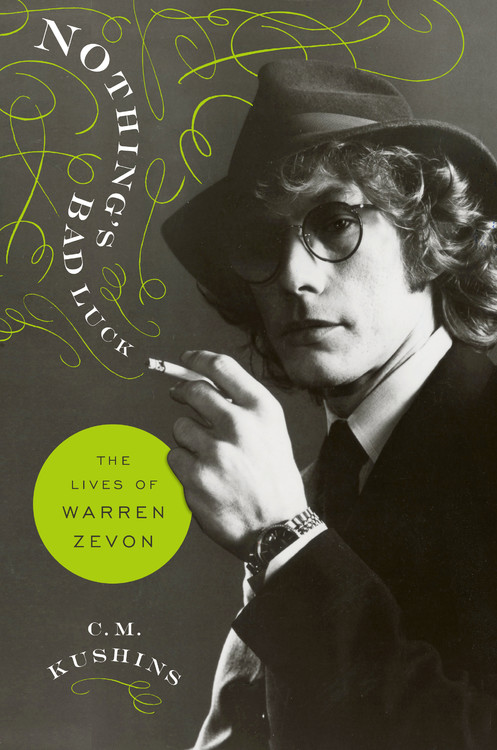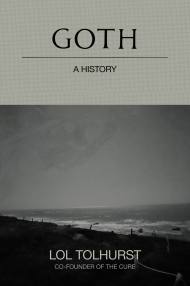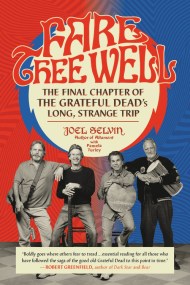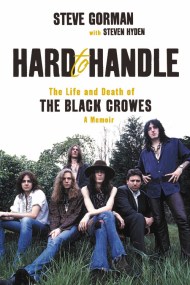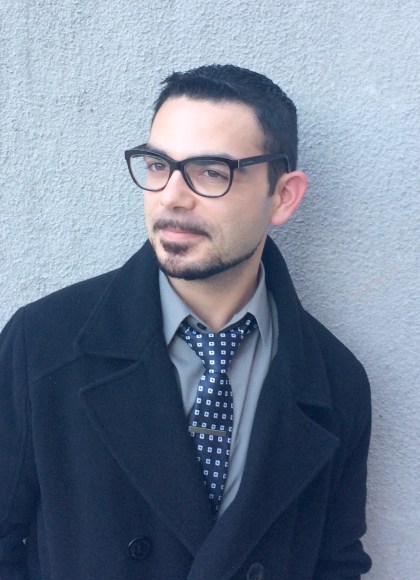Promotion
Use code MOM24 for 20% off site wide + free shipping over $45
Nothing's Bad Luck
The Lives of Warren Zevon
Contributors
By C.M. Kushins
Formats and Prices
Price
$29.00Price
$38.00 CADFormat
Format:
- Hardcover $29.00 $38.00 CAD
- ebook $14.99 $19.99 CAD
- Audiobook Download (Unabridged)
This item is a preorder. Your payment method will be charged immediately, and the product is expected to ship on or around May 7, 2019. This date is subject to change due to shipping delays beyond our control.
Also available from:
Biography of legendary singer-songwriter Warren Zevon, spanning his nomadic youth and early recording career to his substance abuse, final album, and posthumous Grammy Awards
As is the case with so many musicians, the life of Warren Zevon was blessed with talent and opportunity yet also beset by tragedy and setbacks. Raised mostly by his mother with an occasional cameo from his gangster father, Warren had an affinity and talent for music at an early age. Taking to the piano and guitar almost instantly, he began imitating and soon creating songs at every opportunity. After an impromptu performance in the right place at the right time, a record deal landed on the lap of a teenager who was eager to set out on his own and make a name for himself. But of course, where fame is concerned, things are never quite so simple.
Drawing on original interviews with those closest to Zevon, including Crystal Zevon, Jackson Browne, Mitch Albom, Danny Goldberg, Barney Hoskyns, and Merle Ginsberg, Nothing’s Bad Luck tells the story of one of rock’s greatest talents. Journalist C.M. Kushins not only examines Zevon’s troubled personal life and sophisticated, ever-changing musical style, but emphasizes the moments in which the two are inseparable, and ultimately paints Zevon as a hot-headed, literary, compelling, musical genius worthy of the same tier as that of Bob Dylan and Neil Young.
In Nothing’s Bad Luck, Kushins at last gives Warren Zevon the serious, in-depth biographical treatment he deserves, making the life of this complex subject accessible to fans old and new for the very first time.
As is the case with so many musicians, the life of Warren Zevon was blessed with talent and opportunity yet also beset by tragedy and setbacks. Raised mostly by his mother with an occasional cameo from his gangster father, Warren had an affinity and talent for music at an early age. Taking to the piano and guitar almost instantly, he began imitating and soon creating songs at every opportunity. After an impromptu performance in the right place at the right time, a record deal landed on the lap of a teenager who was eager to set out on his own and make a name for himself. But of course, where fame is concerned, things are never quite so simple.
Drawing on original interviews with those closest to Zevon, including Crystal Zevon, Jackson Browne, Mitch Albom, Danny Goldberg, Barney Hoskyns, and Merle Ginsberg, Nothing’s Bad Luck tells the story of one of rock’s greatest talents. Journalist C.M. Kushins not only examines Zevon’s troubled personal life and sophisticated, ever-changing musical style, but emphasizes the moments in which the two are inseparable, and ultimately paints Zevon as a hot-headed, literary, compelling, musical genius worthy of the same tier as that of Bob Dylan and Neil Young.
In Nothing’s Bad Luck, Kushins at last gives Warren Zevon the serious, in-depth biographical treatment he deserves, making the life of this complex subject accessible to fans old and new for the very first time.
Genre:
- On Sale
- May 7, 2019
- Page Count
- 416 pages
- Publisher
- Da Capo Press
- ISBN-13
- 9780306921483
Newsletter Signup
By clicking ‘Sign Up,’ I acknowledge that I have read and agree to Hachette Book Group’s Privacy Policy and Terms of Use
